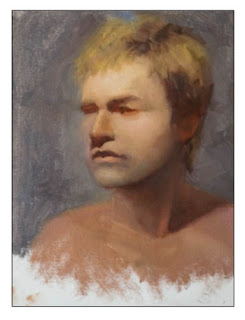 |
| Bones of the hand |
Even though hands are a challenge to draw, one way to learn to draw hands is to start looking at and thinking of the hands structurally. Understanding the structures that make up the hand allows us to see what kind of shapes these structures will create in the hand and to draw the hand accurately in different positions.
Today, we are going to look at the skeletal structure of the hand to identify the grouping of bones at the wrists and see how they help with the movement of the hand.
Let's take a look.



































